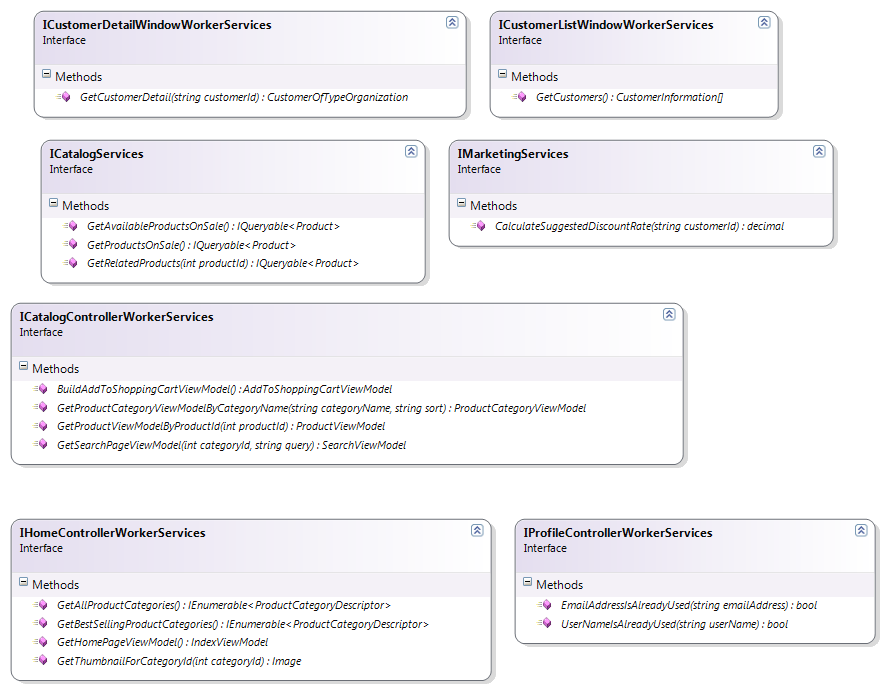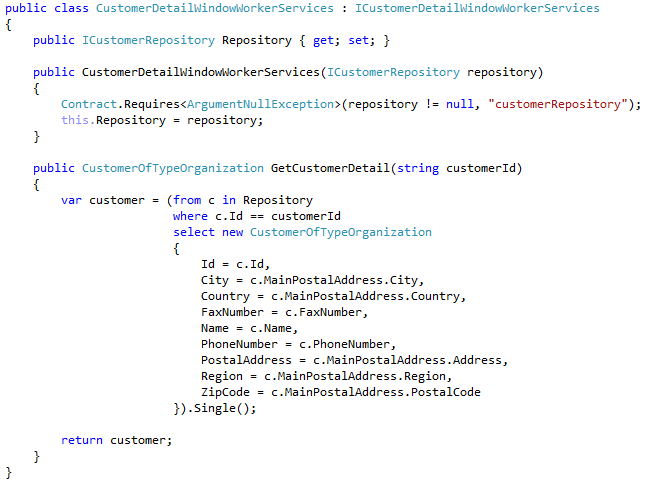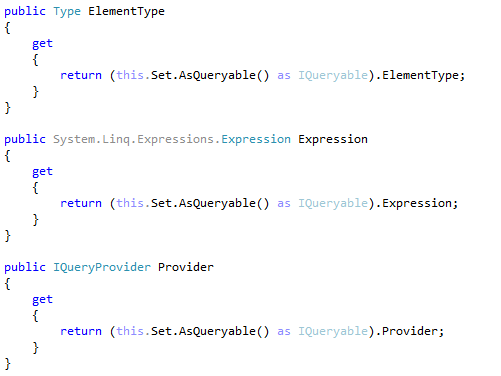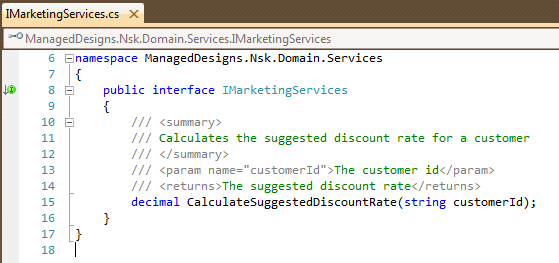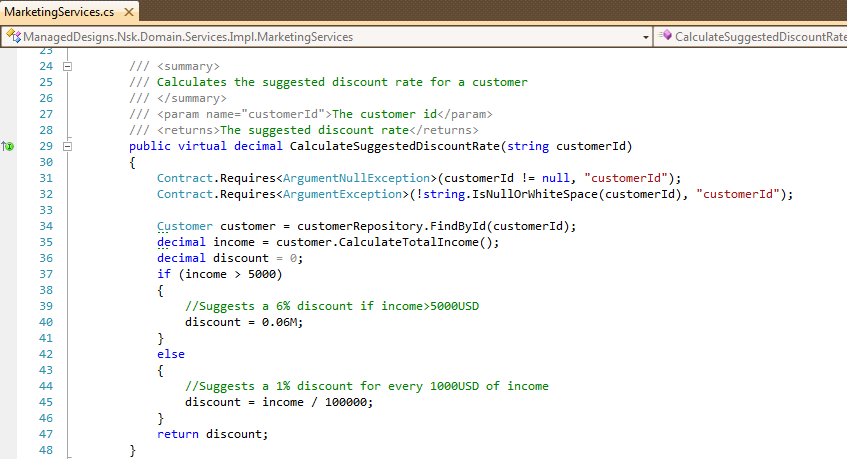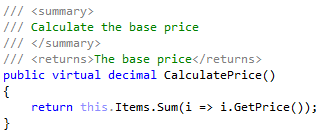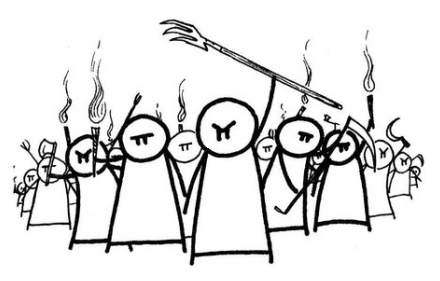This is a review of the Northwind Starter Kit project, this review revision 94815 from Dec 18 2011.
A while ago I said:
Seriously?! 22(!) projects to do a sample application using Northwind?
And people took me up to task about it. The criticism was mostly focused on two parts:
- I didn’t get that the project wasn’t about Northwind, but about being a sample app for architectural design patterns.
- I couldn’t actually decide that a project was bad simply by looking at the project structure and some minor code browsing.
I am sad to say that after taking a detailed look at the code, I am even more firmly back at my original conclusion. I started to do a review of the UI code, but there really is no real need to do so.
The entire project, as I said in the beginning, is supposed to be a sample application for Northwind. Northwind is a CRUD application. Well, not exactly, it is supposed to be an example of an Online Store, which is something much bigger than just Northwind. But it isn’t.
Say what you will, the Northwind Starter Kit is a CRUD application. It does exactly that, and nothing else. It does so in an incredibly complicated fashion, mind, but that is what it does.
Well, it doesn’t do updates, or deletes, or creates. So it is just an R application (I certainly consider the codebase to be R rated, not for impressionable developers).
If you want to have a sample application to show off architectural ideas, make sure that the application can actually, you know, show them. The only thing that NSK does is loading stuff from the database, try as I might, I found no real piece of business logic, no any reason why it is so complicated.
So, to the guys who commented on that, it isn’t a good project. If you like it, I am happy for you, there are also people who loves this guy:

Personally, I would call pest control.








